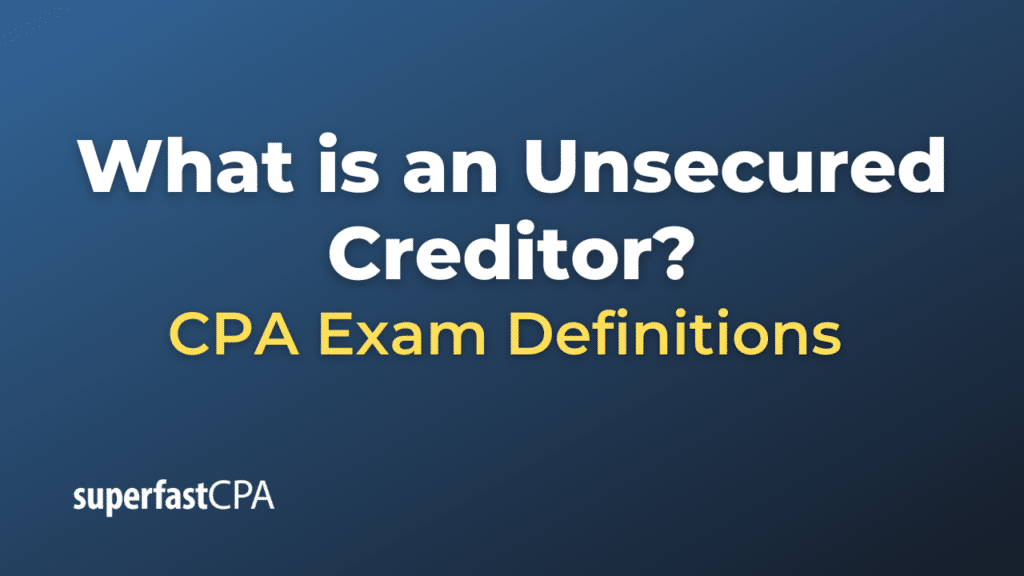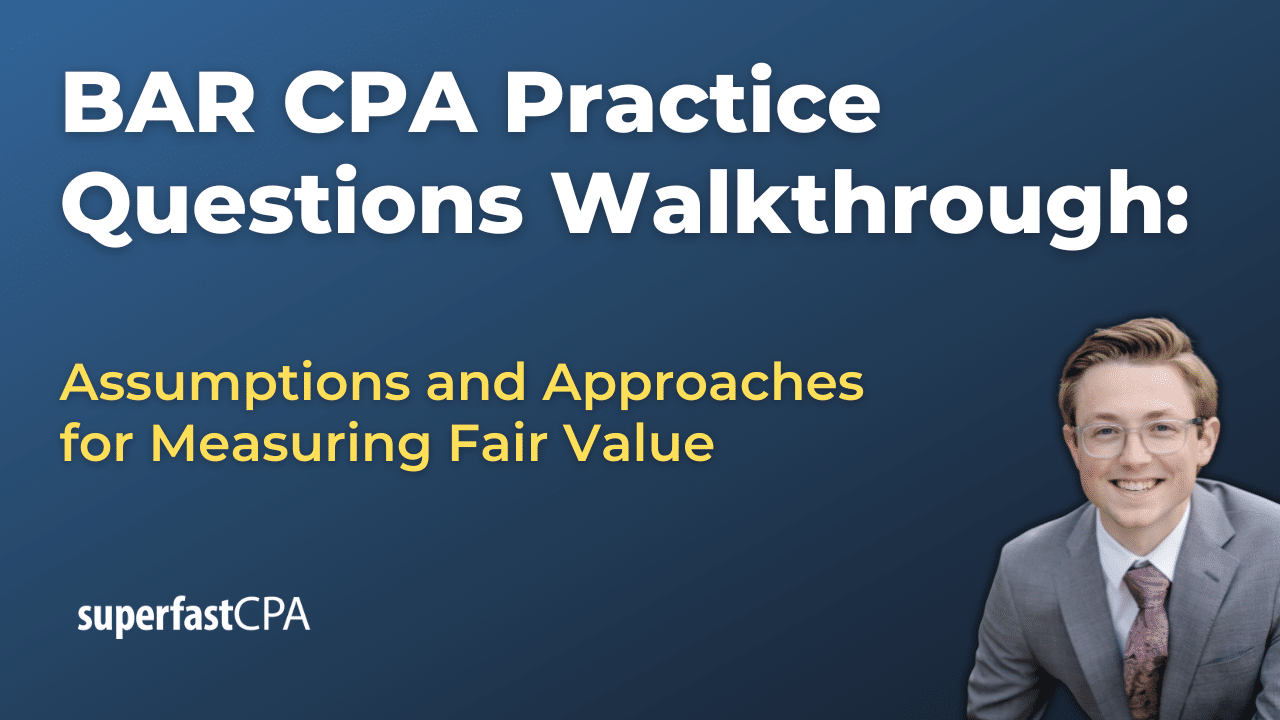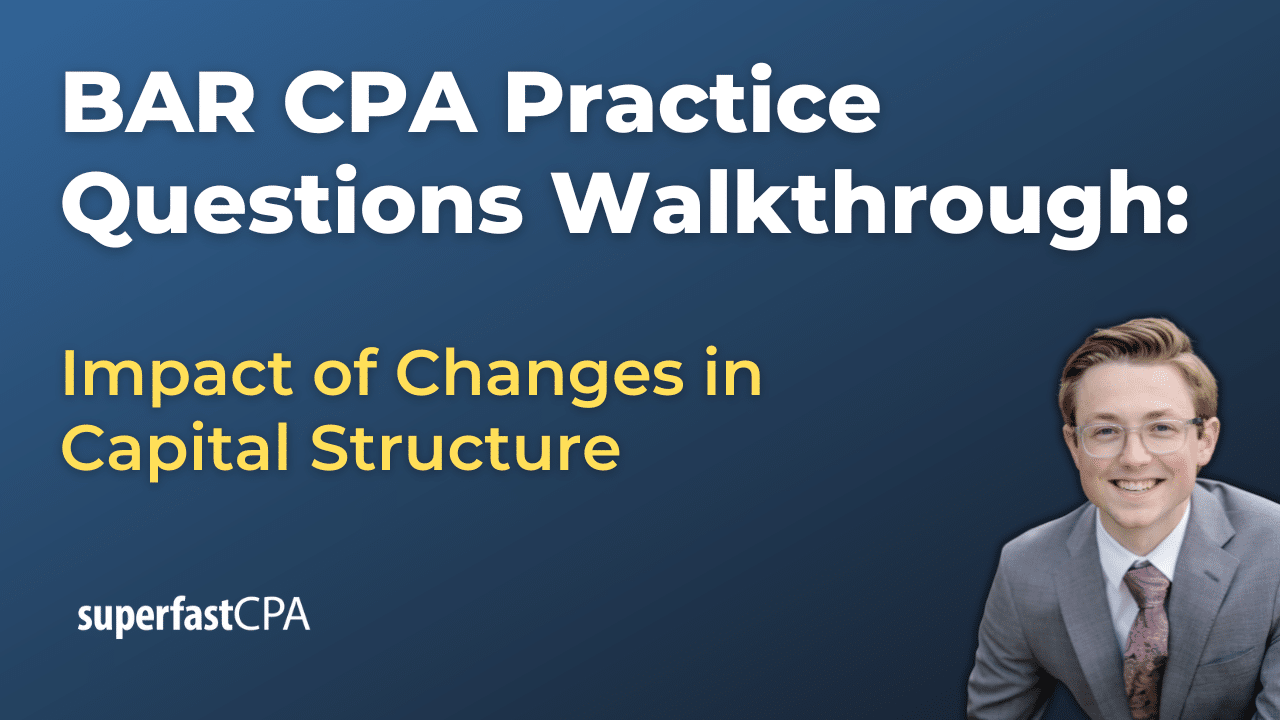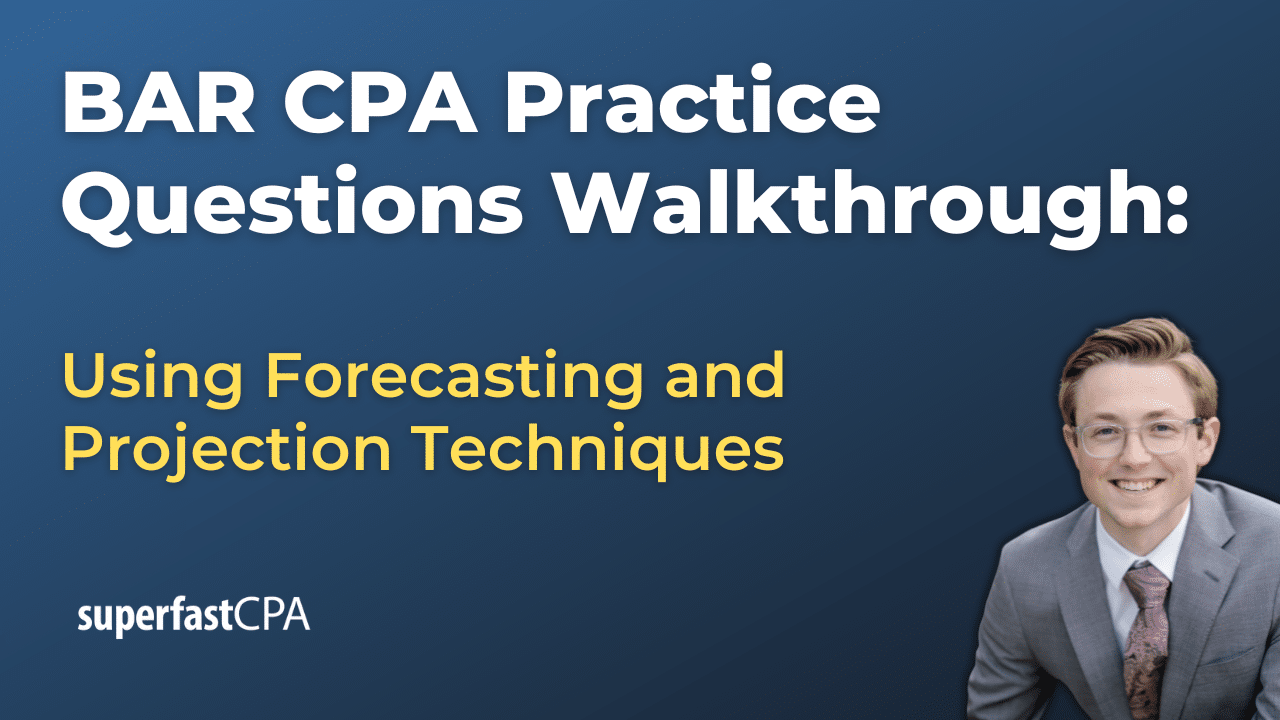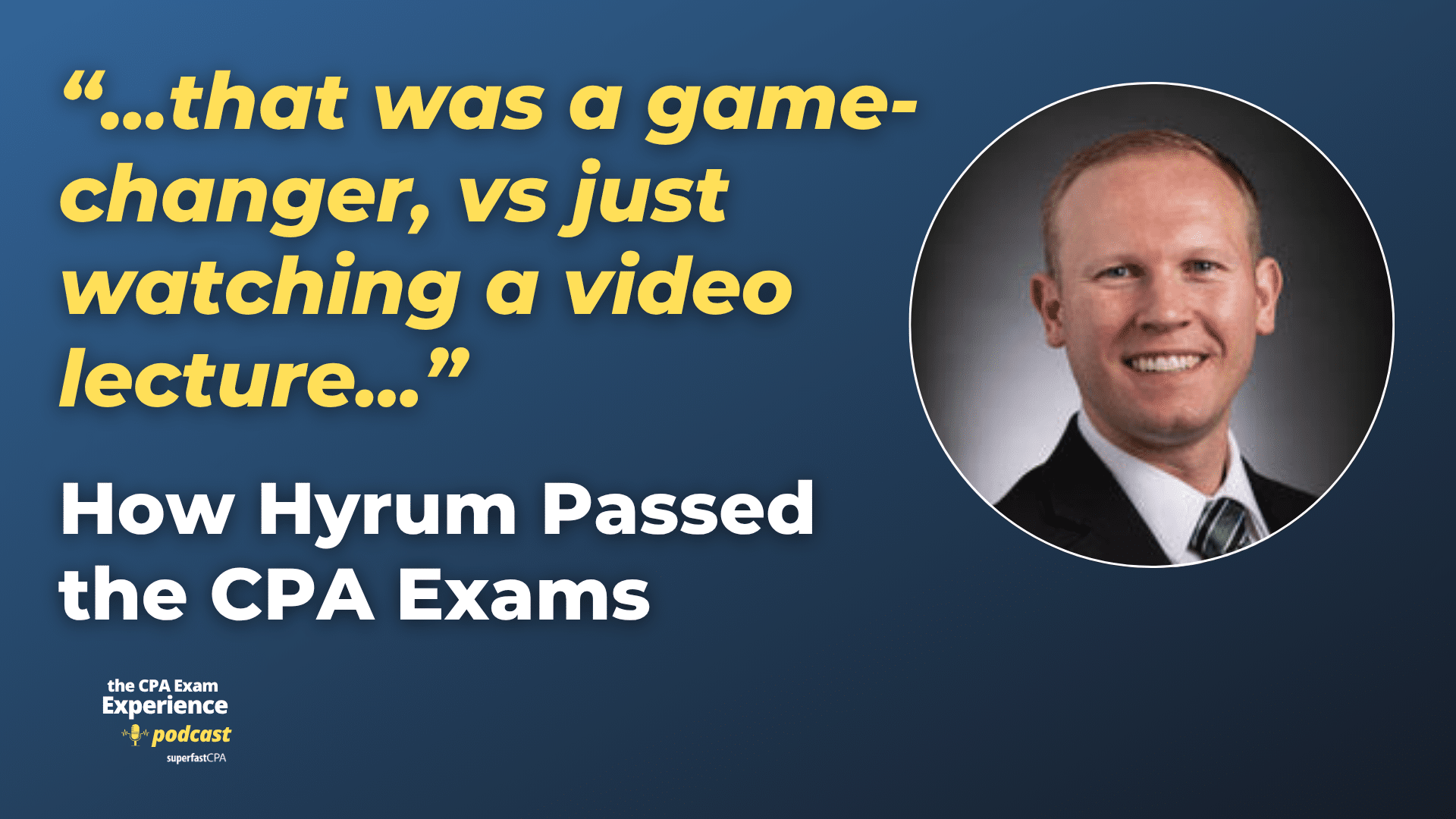Unsecured Creditor
An unsecured creditor is an individual or entity that has lent money or extended credit to a debtor without securing that loan with collateral. Essentially, an unsecured creditor holds an unsecured claim, meaning they do not have a lien or security interest in any of the debtor’s assets. Because of this, unsecured creditors take on more risk compared to secured creditors, especially when it comes to the likelihood of repayment in the event of the debtor’s default or bankruptcy.
In a bankruptcy proceeding, unsecured creditors are generally lower in the hierarchy of creditors to be paid. Secured creditors are usually paid first from the proceeds of their collateral. Any remaining funds are then allocated to unsecured creditors, often on a pro rata basis (meaning each unsecured creditor gets a percentage of their claim based on what’s left). However, even among unsecured creditors, there can be a hierarchy; some unsecured debts like certain taxes or employee wages may get priority status, meaning they are paid before other general unsecured debts.
Examples of unsecured creditors include:
- Credit card companies
- Medical providers (if you owe medical bills)
- Suppliers and vendors (for businesses that owe for goods and services)
- Certain types of personal loan providers
- Landlords (if back rent is owed)
- Legal judgments that are not tied to specific property
Being an unsecured creditor carries a higher risk, so interest rates for unsecured loans or credit are generally higher than those for secured loans. This is to compensate the creditor for the added risk of not having a claim on any specific asset that can be seized and sold in the event of non-payment.
Example of an Unsecured Creditor
Let’s consider an example involving a consumer named Sarah who has various types of debts. Sarah unfortunately loses her job and finds it increasingly difficult to meet her financial obligations. Ultimately, she decides to file for Chapter 7 bankruptcy.
Sarah’s debts include:
- Mortgage Loan (secured by her house) – $200,000
- Car Loan (secured by her car) – $20,000
- Credit Card Debt (unsecured) – $15,000
- Medical Bills (unsecured) – $10,000
- Personal Loan from a Friend (unsecured) – $5,000
In this scenario, Sarah’s assets are sold off in the bankruptcy proceedings, generating $50,000. Here’s how this amount would typically be allocated among her creditors:
- Secured Creditors: The proceeds from the sale of the house and car would go first to the mortgage and car loan creditors. Let’s assume the sale of the secured assets covered these debts partially but not entirely. The secured creditors still get the first cut.
- Remaining Funds: $50,000 (as the secured debts are only partially covered by their respective collaterals and do not dip into this pool)
- Unsecured Creditors: Now we look at the pool of unsecured creditors, which includes the credit card company, the medical bills, and the personal loan from a friend. All of these are unsecured creditors because they do not have any collateral backing the debts. The remaining $50,000 will be distributed among them.
If we were to distribute the $50,000 pro rata among the unsecured debts:
- The total unsecured debt is $15,000 (credit card) + $10,000 (medical bills) + $5,000 (personal loan) = $30,000.
- The credit card company would get ($15,000/$30,000) * $50,000 = $25,000.
- The medical bills would be reduced by ($10,000/$30,000) * $50,000 = $16,667.
- The friend who lent Sarah the personal loan would receive ($5,000/$30,000) * $50,000 = $8,333.
In this example, each unsecured creditor receives a portion of their claim, but none are paid in full. This illustrates the risk associated with being an unsecured creditor; in cases of bankruptcy, you may only receive a fraction of what you’re owed, or possibly nothing at all, especially if secured and priority unsecured debts consume all available funds.

